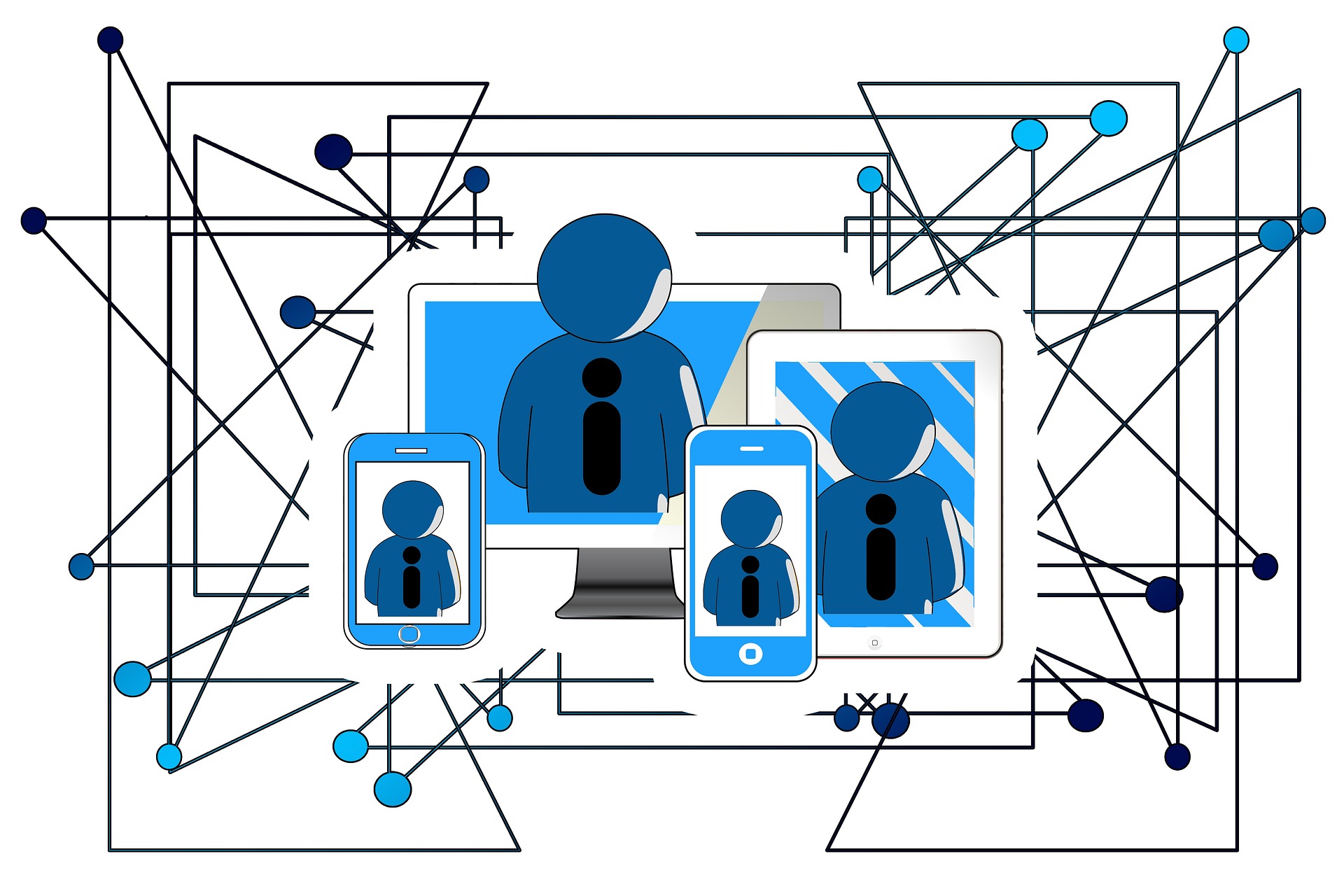Enhancing Urban Connectivity with Smart Poles
Urban environments are bustling hubs of activity, yet they often face significant connectivity challenges. As cities grow, the demand for seamless, high-speed internet access becomes critical. Smart poles—innovative street fixtures equipped with advanced communication technologies—are emerging as a solution to these challenges. They promise to revolutionize urban connectivity, offering new opportunities for both citizens and service providers.

The Evolution of Urban Infrastructure
Urban infrastructure has undergone significant changes over the decades. From traditional lampposts to multifunctional smart poles, cities are adapting to the growing need for technological integration. Historically, streetlights served a singular purpose: illumination. However, as cities became more interconnected, the need for infrastructure that could support digital communication became apparent. Smart poles are the latest innovation in this evolutionary process, incorporating sensors, cameras, and internet connectivity.
Key Technologies Behind Smart Poles
Smart poles are equipped with various technologies that enable their multifunctionality. They often include wireless communication modules, environmental sensors, and even charging stations for electric vehicles. One of the critical components is the integration of small cell technology, which supports high-speed internet access and reduces network congestion. These poles can also house cameras and sensors for real-time data collection, enhancing urban planning and public safety.
Current Trends and Innovations
The deployment of smart poles is rapidly gaining momentum in urban areas worldwide. Cities are increasingly investing in this technology to improve connectivity and enhance public services. Recent trends indicate a move towards integrating renewable energy sources, such as solar panels, to power these poles sustainably. Moreover, advancements in artificial intelligence allow smart poles to analyze data in real-time, providing valuable insights for city management.
Challenges in Implementation
Despite their potential, smart poles face several challenges in implementation. One of the primary hurdles is the high initial cost, which can be a barrier for cash-strapped municipalities. Additionally, integrating these poles into existing city infrastructure requires careful planning and coordination. Privacy concerns also arise, as the data collected by smart poles can include sensitive information. Addressing these challenges is crucial for the widespread adoption of this technology.
Practical Applications and Future Prospects
Smart poles offer a range of practical applications beyond connectivity. They can play a vital role in traffic management, environmental monitoring, and emergency response. As technology advances, the potential for smart poles to contribute to smart city initiatives will continue to grow. In the future, these poles could serve as hubs for autonomous vehicles, drone communication, and even augmented reality experiences.
In conclusion, smart poles represent a significant step forward in urban connectivity. By integrating cutting-edge technology with traditional infrastructure, cities can enhance connectivity and improve the quality of life for their residents. As the demand for smarter, more connected cities increases, the role of smart poles will undoubtedly become more prominent, shaping the urban landscapes of tomorrow.




